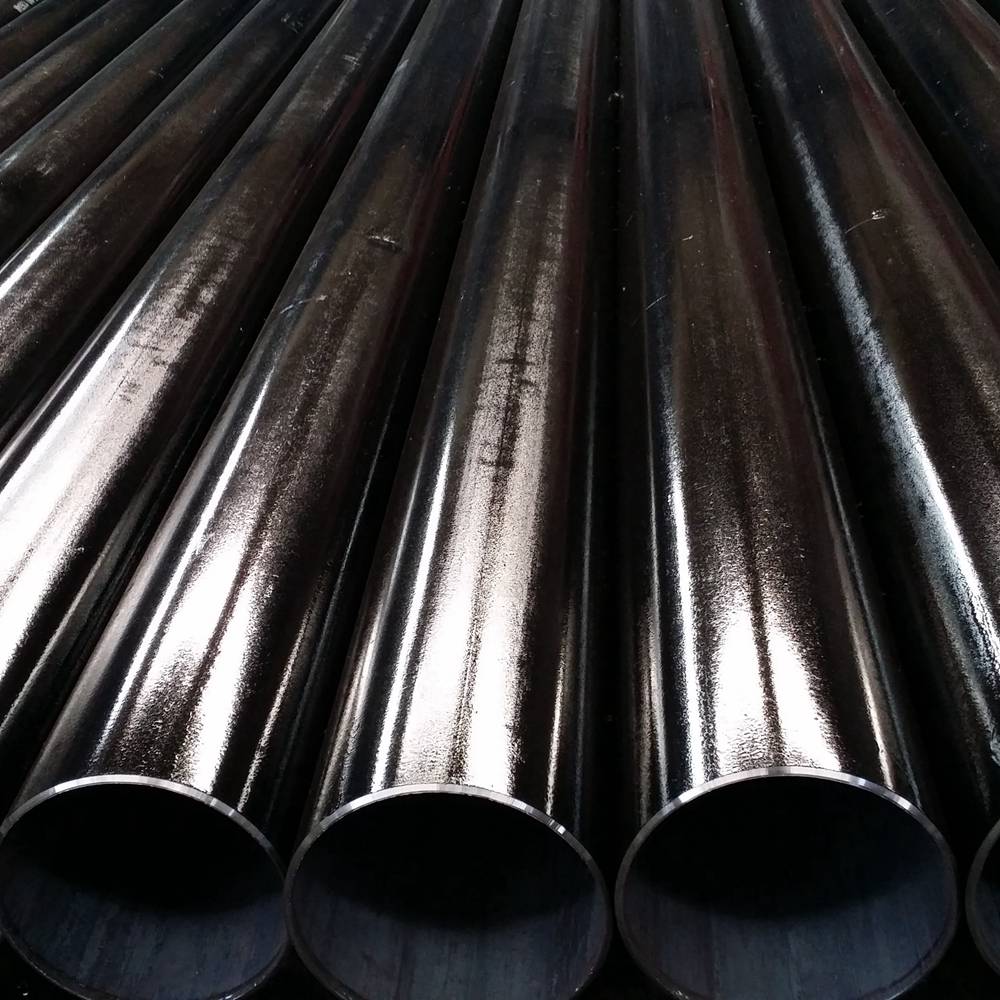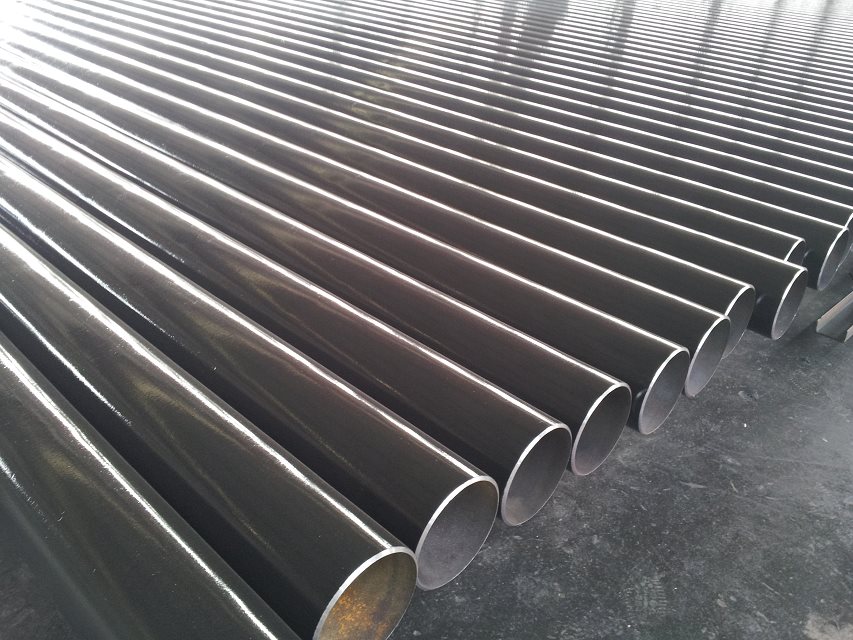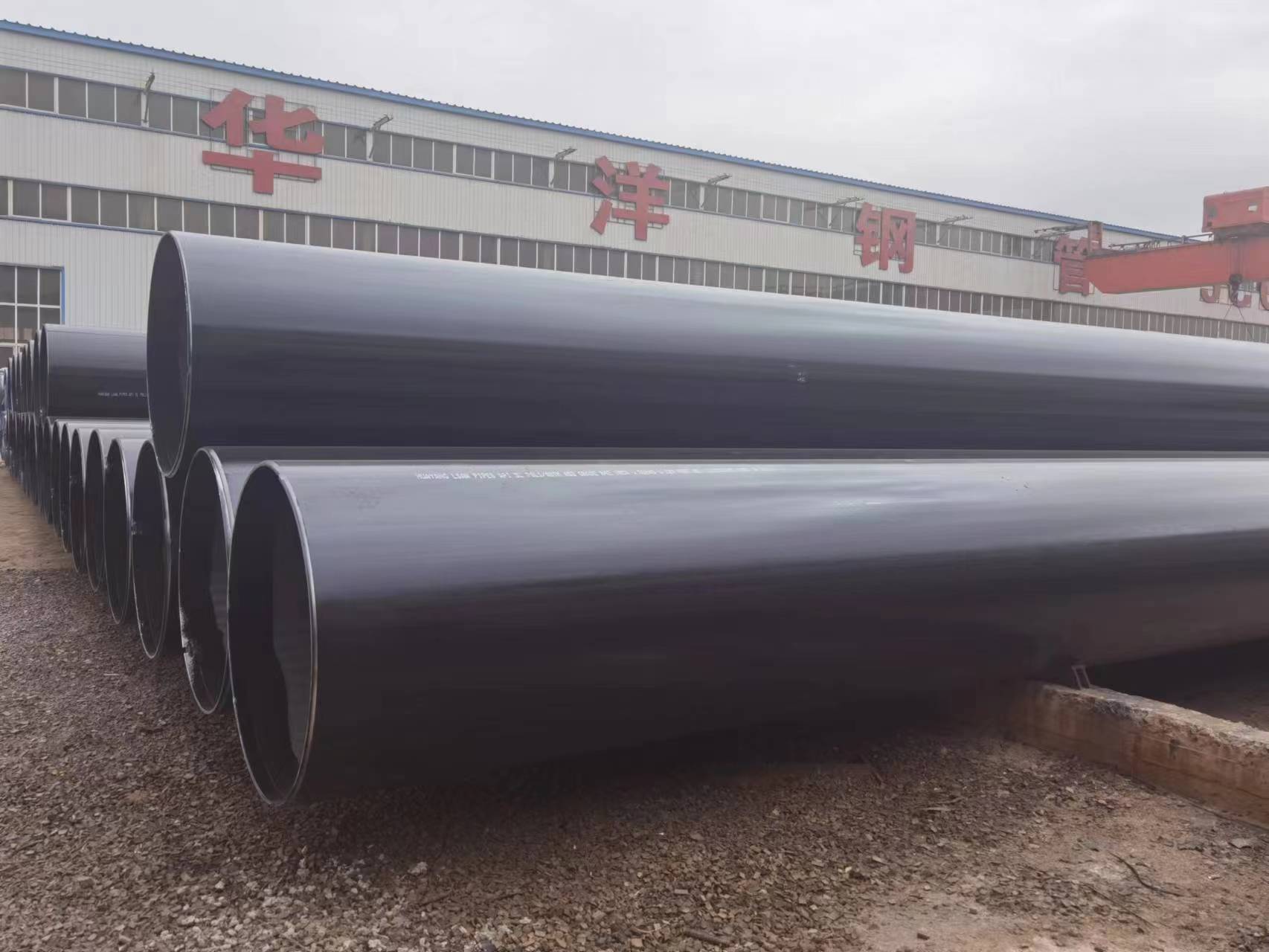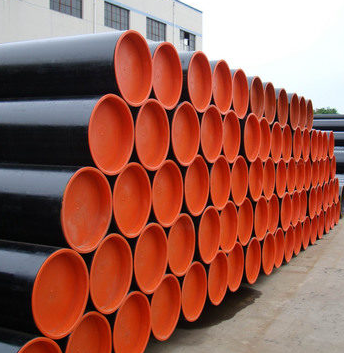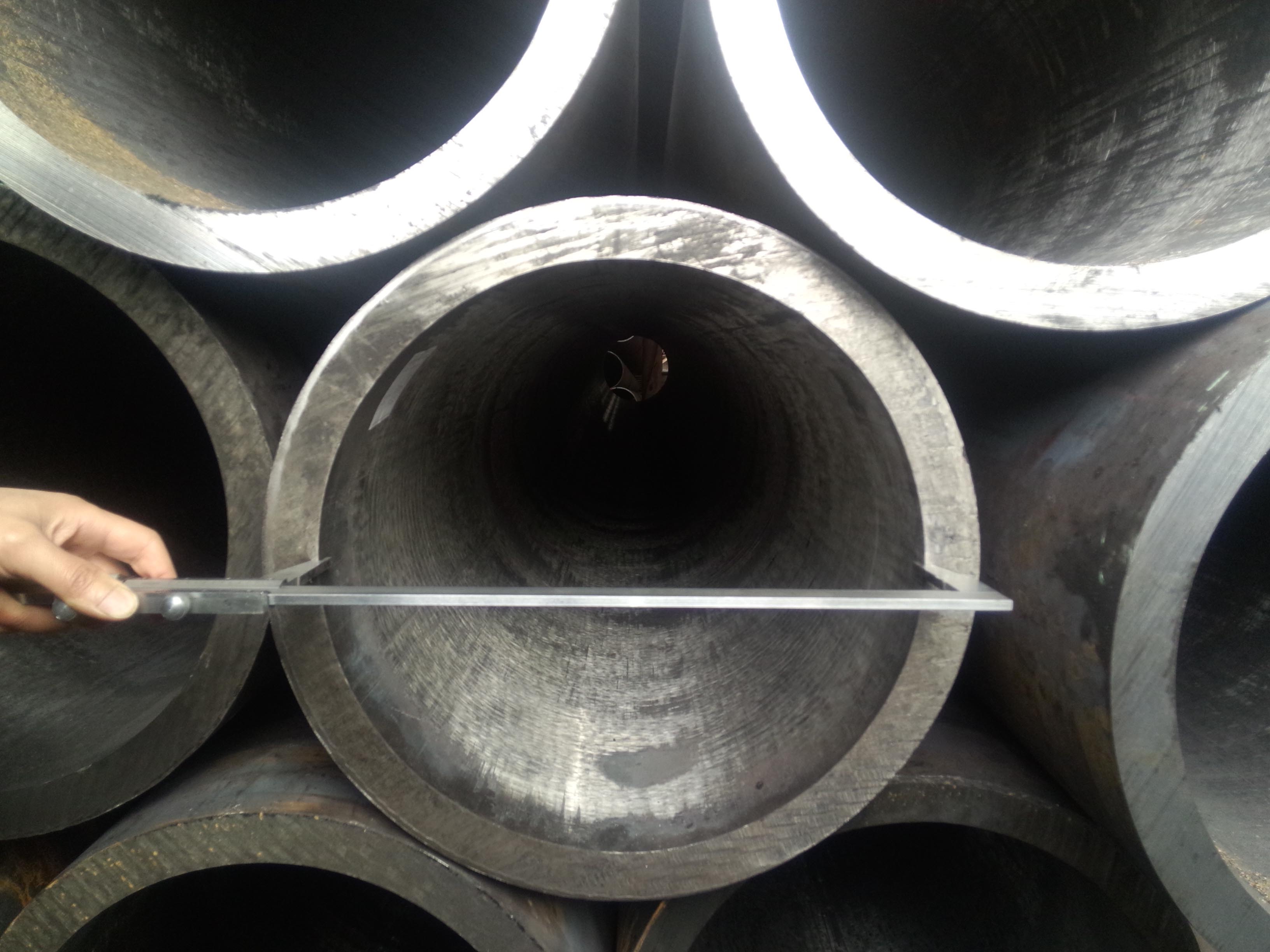Tag/en10219
-
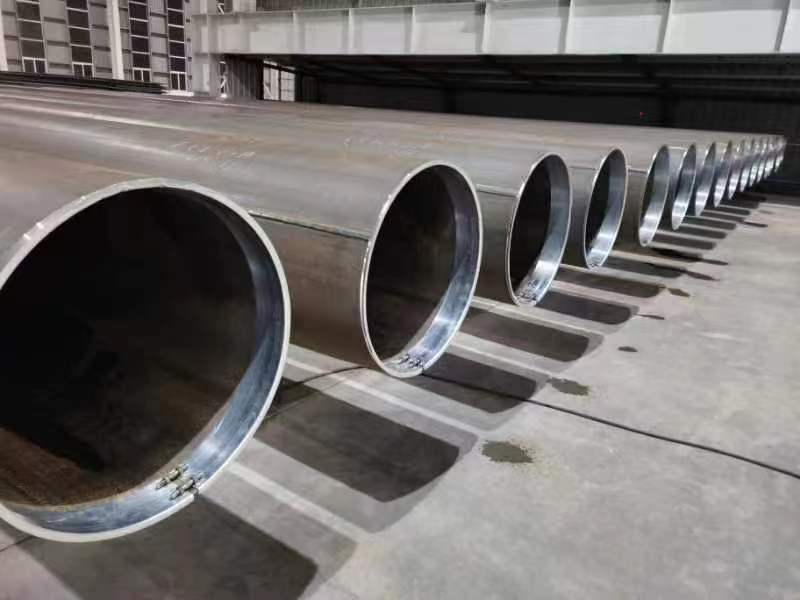 Carbon Steel Pipes
Carbon Steel Pipes -
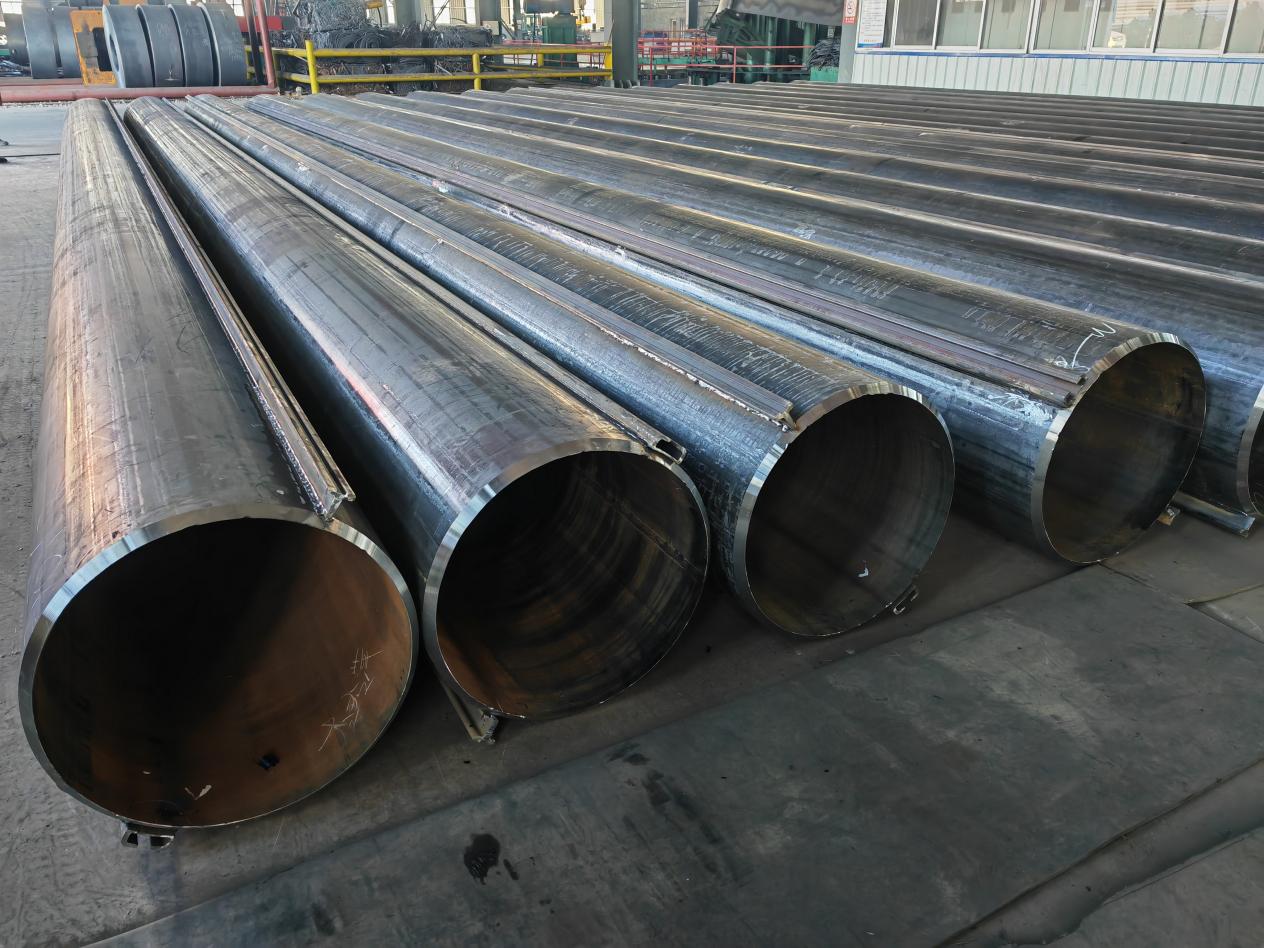 ASTM A252 Piling Pipe application in buildings and retaining walls
ASTM A252 Piling Pipe application in buildings and retaining walls -
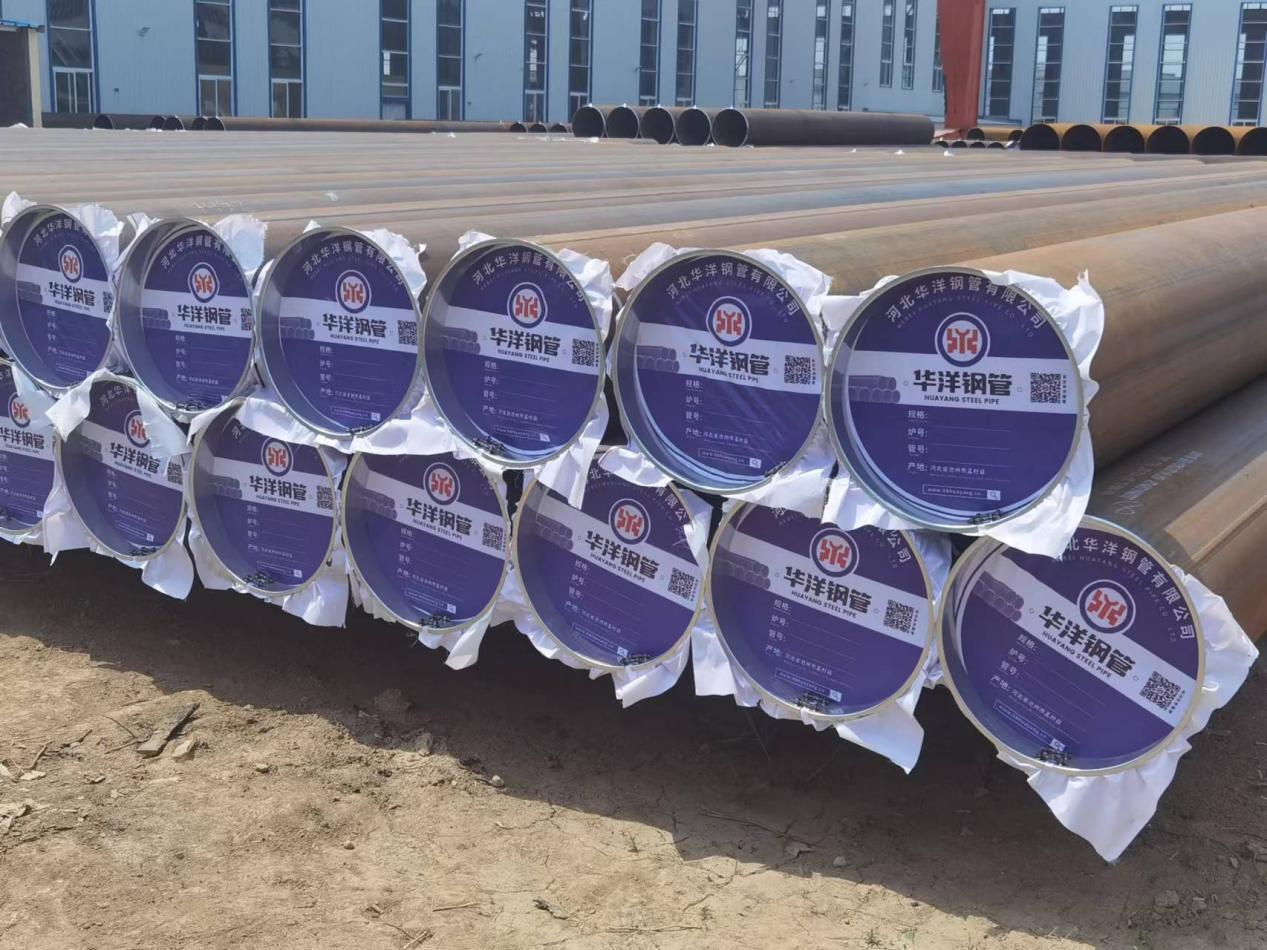 API 5L Pipe Line, Oil & Gas LinePipe, LSAW Steel Pipe
API 5L Pipe Line, Oil & Gas LinePipe, LSAW Steel Pipe -
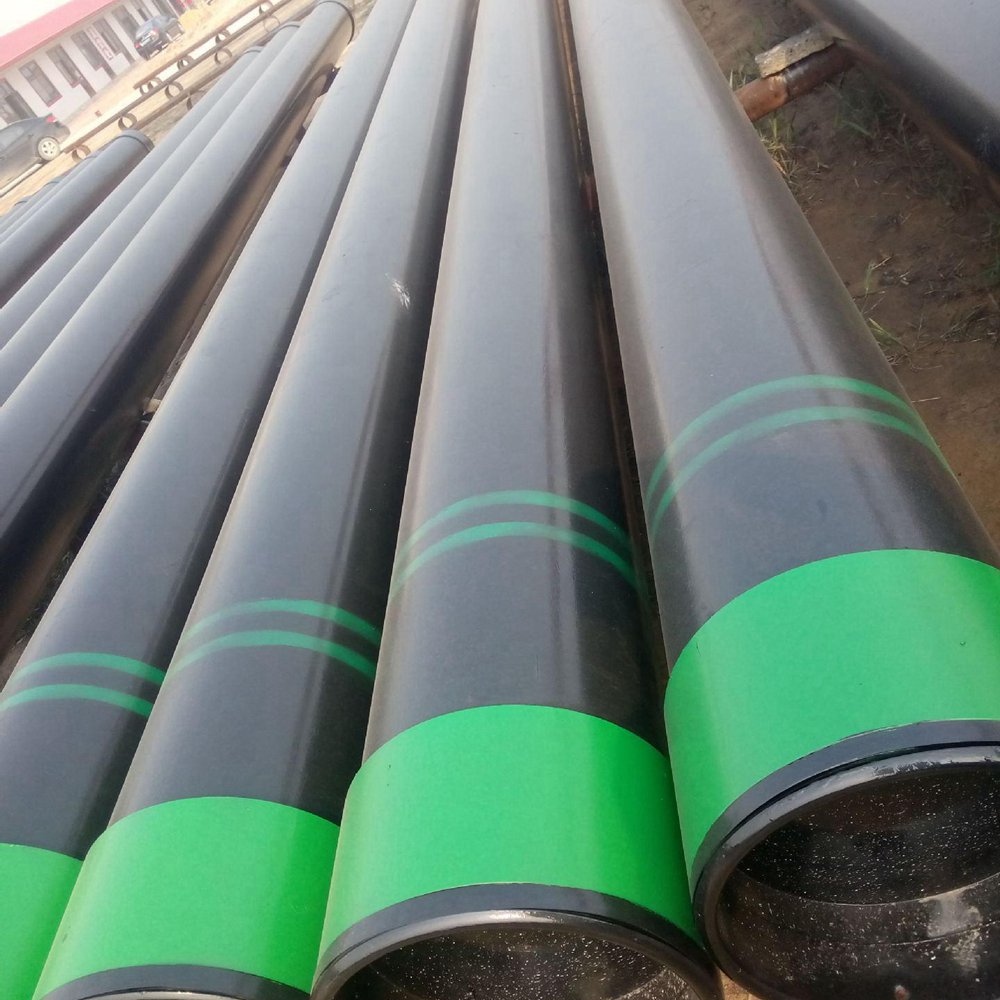 API 5CT TUBING CASING PIPE, OCTGOIL COUNTRY TUBULAR GOODS
API 5CT TUBING CASING PIPE, OCTGOIL COUNTRY TUBULAR GOODS -
 API 5L Black Oil / Gas Line Pipe
API 5L Black Oil / Gas Line Pipe -
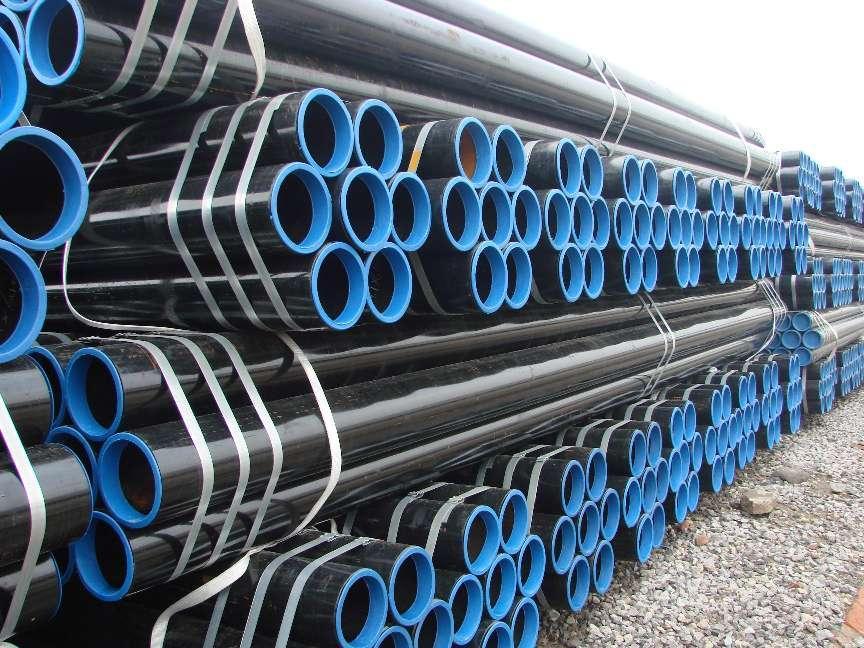 A53 ERW STEEL PIPE
A53 ERW STEEL PIPE -
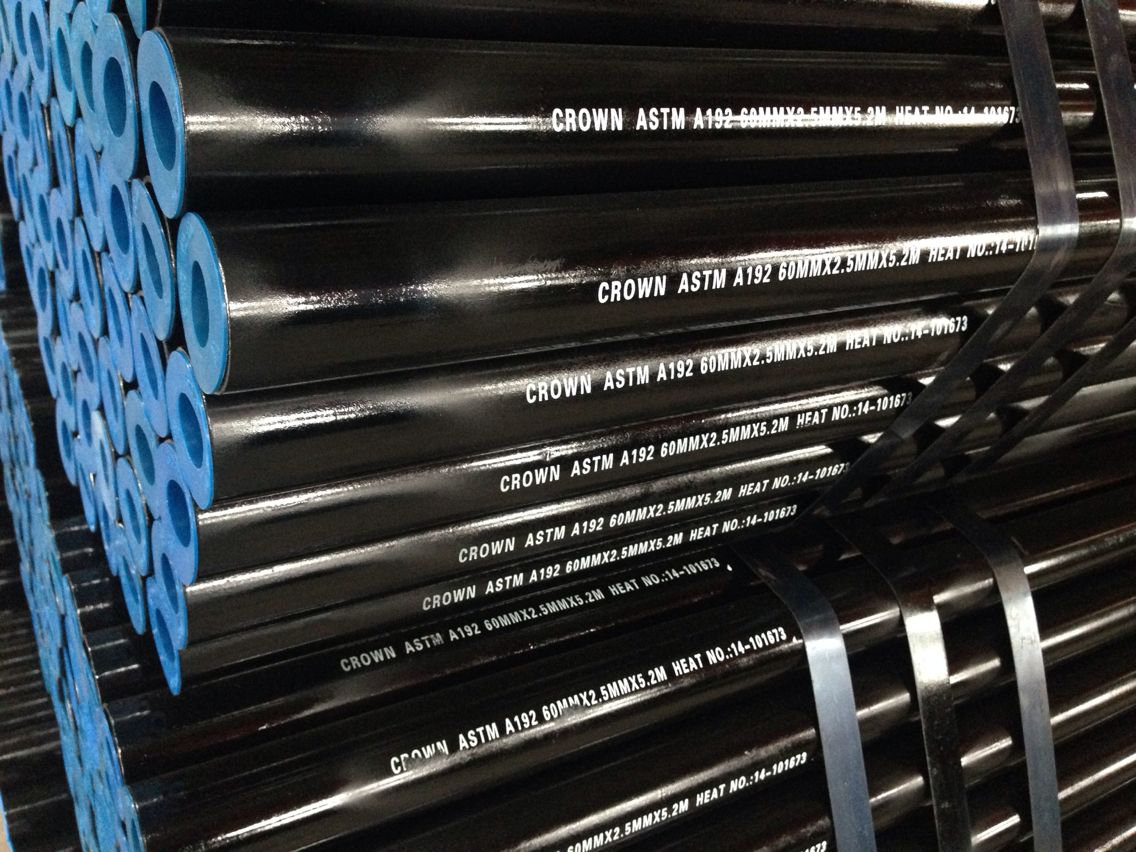 Boiler Steel Pipe
Boiler Steel Pipe -
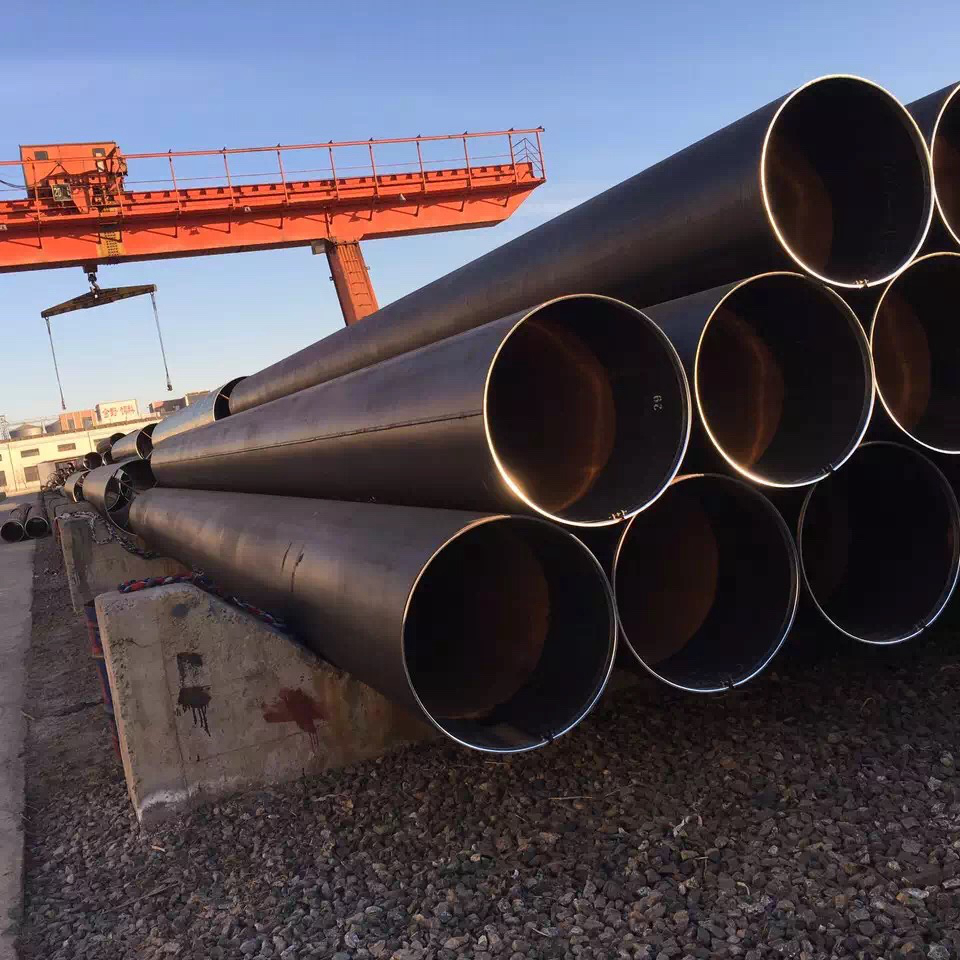 Submerged arc welded steel pipe
Submerged arc welded steel pipe -
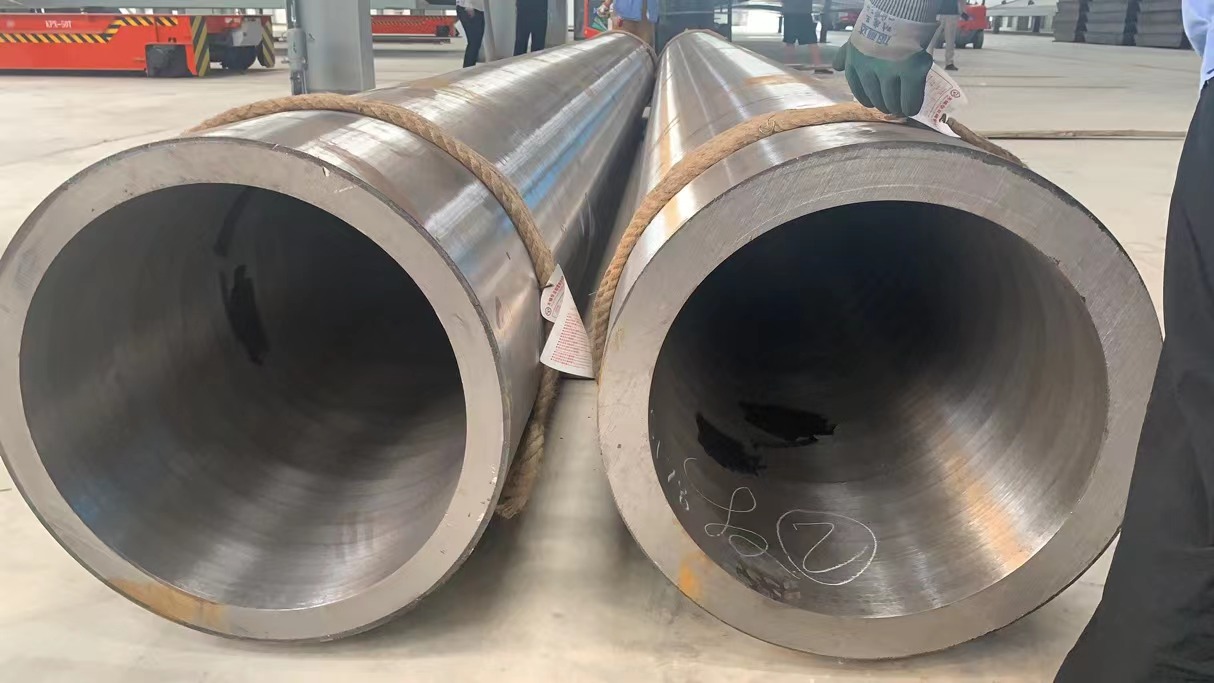 Mechanical Tube
Mechanical Tube -
TUBE FOR CONVEYANCE OF FLUID
Produtct Title
en10219Related News
-
2024-06-12EN10219 specifies steel pipes for non-pressure purposes.Understanding EN 10219 The Standard for Steel Tubular ProductsEN 10219 is a European standard that
-
2024-06-12Chinese exporter specializes in EN10219 steel pipe sales globally.China's Position as a Leading Exporter of EN10219 Steel PipesChina, the world's second-largest eco
-
2024-06-12Specializing in exporting premium EN10219 steel, ensuring top-notch quality.High-Quality EN10219 Steel Tubing A Premier Exporter's PerspectiveIn the global market for structu
-
2024-07-30Wholesale EN10219 products for purchase at competitive prices and bulk quantities.Wholesale EN10219 Meeting the Growing Demand for Quality Steel ProductsIn today's fast-paced and c
-
2024-02-22ERW Steel Pipe -The Main Advantages of ERW Steel Pipe You Need To KnowERW pipes, also known as Electric Resistance Welded pipes are manufactured through a welding process in which the edges of the steel strip or plate are heated and fused together under pressure, creating a seamless joint. The welding is performed by passing an electric current through the strip or plate, which generates heat and forms the weld.These pipes have revolutionized the way we transport fluids and gases with their electrifying energy, impressive strength, and unbeatable efficiency, ERW pipes are the superstars of the piping universe, ready to take your infrastructure to new heights. Known for their high strength, durability, and cost-effectiveness, they are widely used in various industries, including oil and gas, construction, water supply, and plumbing. Furthermore, these pipes come in different sizes and thicknesses to meet specific application requirements.
-
2024-06-12Producers of EN 10219 ERW steel pipes specialize in welded steel tubing.EN 10219 ERW Welded Steel Pipe Manufacturers A Comprehensive OverviewThe EN 10219 standard is a Eu
-
2024-11-22Stainless steel-Why is my stainless steel magnetic?In the case of plain/standard 316-SS, it is usually because the piece has been cold worked and will pick up some magnetic properties. Note if you were to compare the 316-SS to a 400 series stainless you would see an increase in magnitude of the magnetic attraction. It will not attract other ferritic metals, only the magnet, as a result the material itself is not necessarily magnetic, it is ferrous. The magnetic response has no effect on any other property. Austenitic 300 series steels like cold drawn 304 (and to a lesser degree 316) are slightly attracted to a magnet, but this has no effect on its corrosion resistance.
-
2024-07-26Leading Manufacturer of High-Quality ERW Tubes for Various Industrial Applications and NeedsUnderstanding ERW Tube Manufacturing A Comprehensive OverviewElectric Resistance We
-
2024-07-11Top wholesale exporter of butt welding pipes for your industrial needsAs a wholesale butt welding pipe exporter, we strive to provide high-quality products and excellent
-
2024-06-263. LSAW Steel Pipe in ChinaChina's Leadership in Manufacturing Spiral Steel PipesChina has emerged as a global leader in the
-
2024-11-22Stainless steel-HOW TO CLEAN STAINLESS STEEL THE FAST AND EASY WAY!Idon’t know about you, but my stainless steel appliances are always getting smudgey and dirty and riddled with hard water stains. Yuck! I love the way stainless steel looks, but keeping it clean used to be a pain. At first I tried the olive oil on the paper towel trick. And while it did remove smudges, it also left an icky sticky residue all over my appliances that capture even more dirt and dust. No go. So after a little bit of hunting around I found a great solution for how to clean stainless steel the fast and easy way – and it actually WORKS.
-
2024-06-21Chinese companies specialized in fire water pipe constructionChina's Fire Water Pipe Construction Factories A Pillar of Infrastructure DevelopmentChina, a glob
-
2024-11-22Stainless steel-7 Cleaning Methods To Clean Stainless SteelThere's no better feeling than adding a new, shiny, sleek stainless steel appliance to your home.While the distinct look of stainless steel appliances has only added to their popularity over the years, knowing how to clean them properly is key to maintaining that brilliant, just-like-new shine for years to come. To achieve this, it’s best to skip harsh, store-bought chemicals and opt for a homemade, natural stainless steel cleaner instead. Here, we break down how to clean your stainless steel appliances step by step and offer seven different methods to keep appliances like pots, pans, tumblers, and other stainless steel objects looking shiny and new.
-
2024-11-22Stainless steel-STAINLESS STEEL – MAGNETIC OR NOTThere is a common but incorrect belief that the Chromium-Nickel or Chromium-Nickel-Molybdenum stainless steel must be “non-magnetic” to be corrosion resistant. This misconception is sometimes carried through another step wherein “reasoning” says that a magnetic material cannot be stainless steel.There are many alloys within the general family of corrosion resistant or “stainless” steels. Some of these alloys are very resistant to chemical attack and at the same time are quite “magnetic”.Where stainless castings are involved, the most important factor controlling magnetic properties is the chemical composition; that is, the percentage of the various elements present in the material. The ASTM specifications for various stainless alloy castings are intended to produce sound castings with good corrosion resistance, but these castings will not necessarily be non-magnetic.
-
2024-06-17Steel tubular structures are manufactured in factories.The steel tubular factories have become a vital part of the industrial landscape, serving as the bac
-
2024-07-30Leading Manufacturers of ERW Steel Pipes in China for Various Industrial ApplicationsUnderstanding ERW Pipe Manufacturers in ChinaElectric Resistance Welded (ERW) pipes
-
2023-09-27Exhibition NewsThe 14th Southeast Asia International Tube and Pipe Trade Fair came to a close on September 22, 2023.
-
2024-06-15Seamless steel pipe manufacturing facilityThe Pivotal Role of Steel Seamless Pipe Factories in Global Infrastructure In the realm of industr
-
2024-11-22Stainless steel-How to Clean Stainless SteelWhen I got my new Blue Star range and glass front refrigerator I was determined to learn how to clean them properly.When my stove arrived I actually emailed the Blue Star representative in my area to ask him HOW to clean it so I'd end up as the owner of a sparkling appliance and not the resident of an institution. Was there a secret spray I didn't know about? The latest and greatest killer chemical that would make you grow a second chin but ALSO obliterate the smudges on my stove? Because I was O.K. with that.The answer he gave me was embarrassingly simple and I wish I knew about it 15 years ago.
-
2024-03-07Non-metallic inclusions in square tubesSquare pipe is a welded structural grade pipe available in Type A513 or A500 Grade B depending on its size and wall thickness. Either grade is ideal for all structural applications, general fabrication, fabrication and repair. Square tubes are widely used in industrial maintenance, farm implements, transportation equipment, truck beds, trailers, frames, etc.
Related Search
- en10219
- high quality en10219
- china en10219
- wholesale en10219
- en10219 exporter
- en10219 factory
- en10219 factories
- en10219 manufacturers
- en10219 supplier
- en10219 manufacturer
- en10219 exporters
- en10219 suppliers
- wholesale en10219 factory
- wholesale en10219 manufacturer
- wholesale en10219 factories
- wholesale en10219 exporters
- wholesale en10219 supplier
- wholesale en10219 manufacturers
- wholesale en10219 suppliers
- wholesale en10219 exporter
- china en10219 factory
- china en10219 manufacturer
- china en10219 factories
- china en10219 exporters
- china en10219 supplier
- china en10219 manufacturers
- china en10219 suppliers
- china en10219 exporter
- high quality en10219 factory
- high quality en10219 manufacturer



